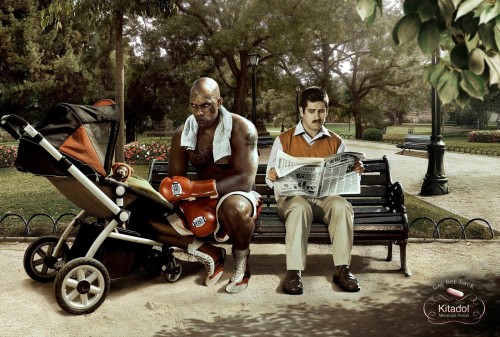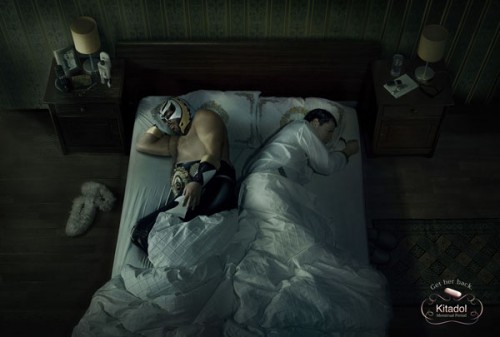
This one-minute video exposes how one person is made to look his worst and his best for a sequential photo shoot. He is both a “before” and an “after” version of himself on a single day. It is as you have always suspected:
Borrowed from Body Impolitic.
Lisa Wade, PhD is an Associate Professor at Tulane University. She is the author of American Hookup, a book about college sexual culture; a textbook about gender; and a forthcoming introductory text: Terrible Magnificent Sociology. You can follow her on Twitter and Instagram.




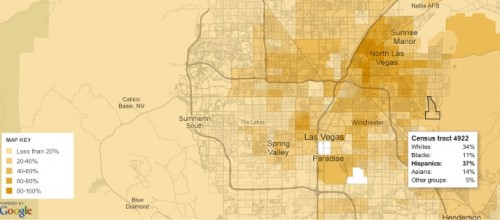


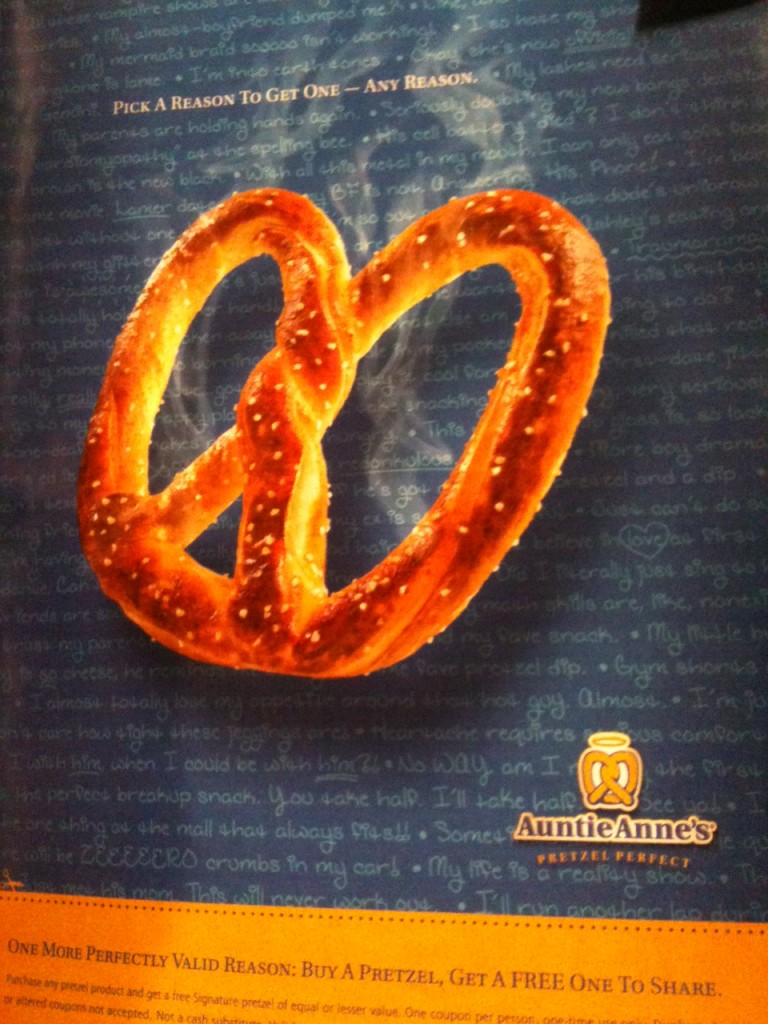


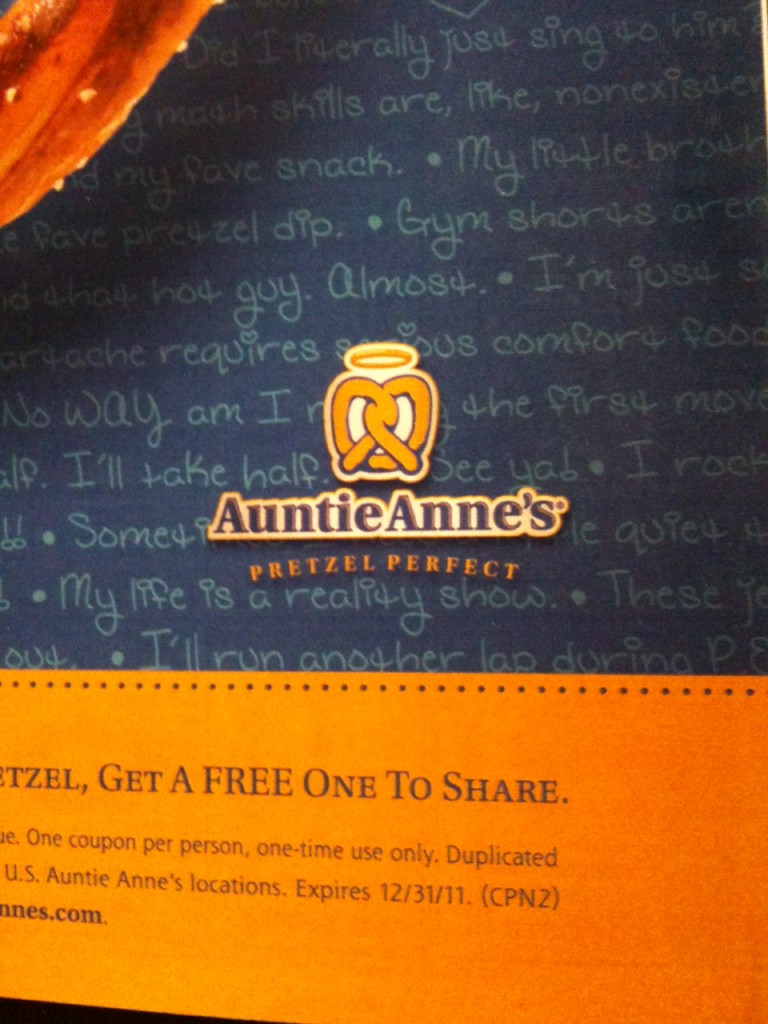
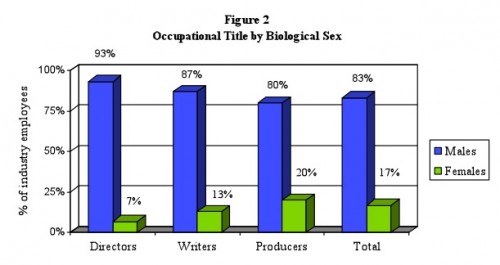
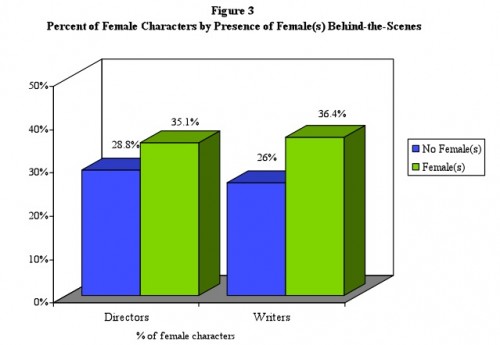
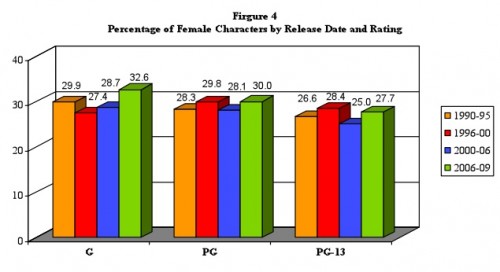
 (
( (
(
